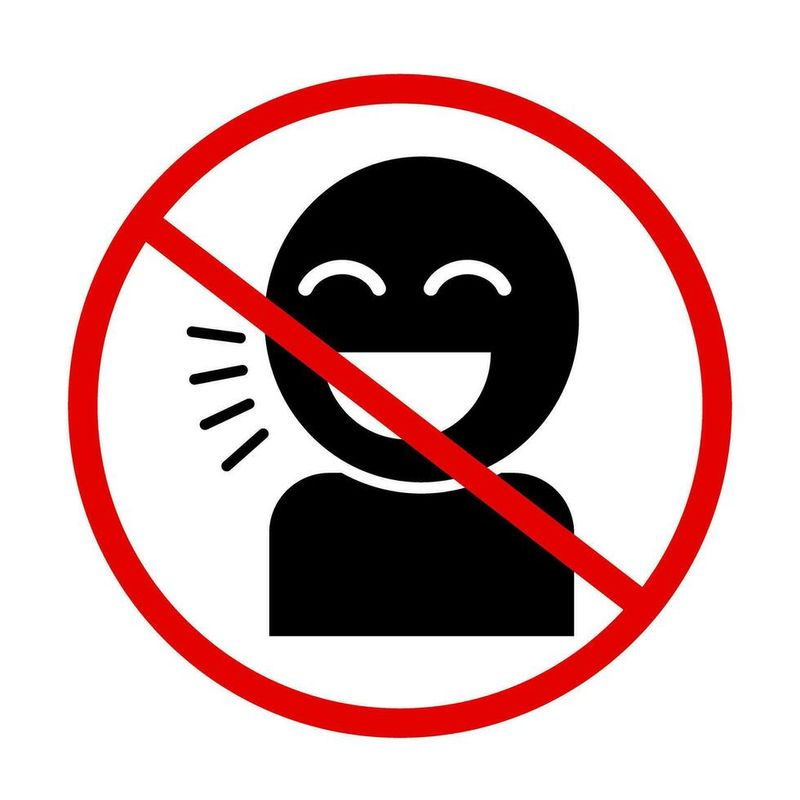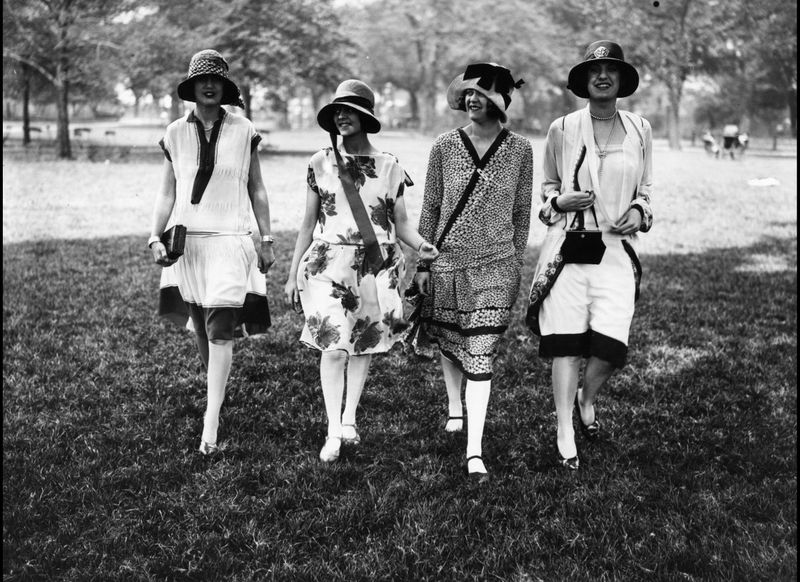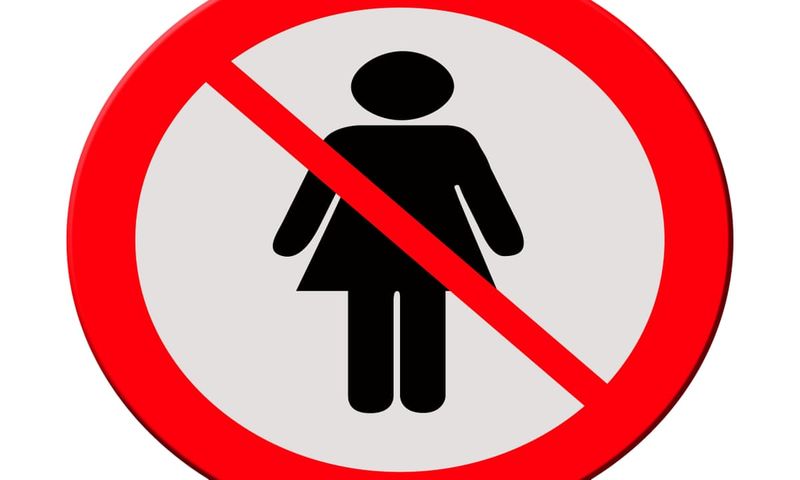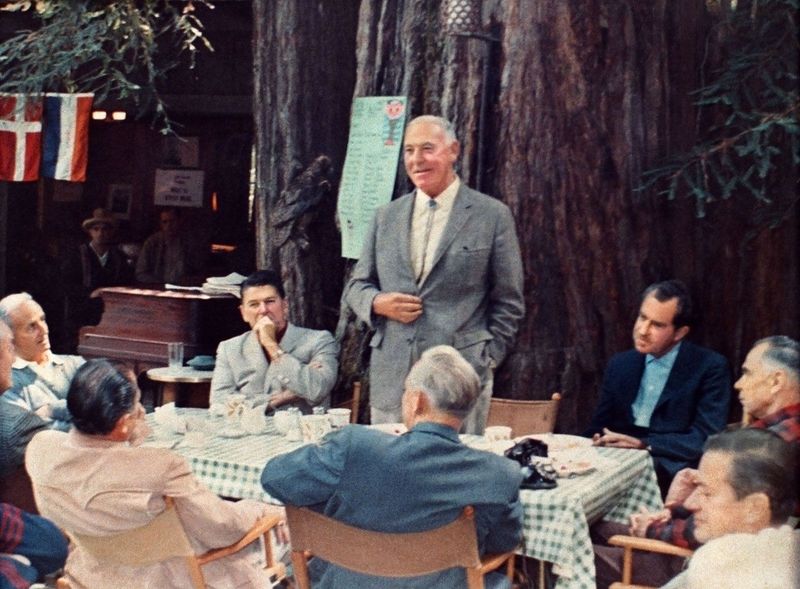11 Social Club Rules From The Past That Sound Like They Came from Another Planet

In the past, social clubs weren’t just about gathering for a drink and a chat—they had strict rules, bizarre customs, and exclusive membership policies that would seem downright alien today.
From outrageous dress codes to secret handshakes, these 11 social club rules from history will leave you wondering how people ever followed them with a straight face.
1. No Laughing Without Permission

Some high-society clubs, especially in Victorian England, had rules dictating when members could laugh—and at what volume. Too boisterous? You risked being fined or even expelled. Imagine needing permission to chuckle at a joke!
This rule was meant to maintain decorum, but it often resulted in painfully stiff gatherings. Members had to gauge each other’s reactions before even a giggle could escape. The somber mood was occasionally broken by a cautious smile or a soft chuckle, but only if it was deemed appropriate.
2. Dress Codes That Went to Extremes

Many clubs demanded not just formal attire but hyper-specific outfits. Some required members to wear three-piece suits at all times, even in sweltering heat. Others had rules banning certain colors or fabrics—one club in the 1920s even outlawed brown shoes!
The strict dress codes were a reflection of the club’s status, but they often led to discomfort and stifled individuality. Members adhered to these rules with pride, viewing it as a badge of honor, while secretly longing for a more relaxed wardrobe.
3. Women? Not a Chance

For decades, elite social clubs were strictly men-only, with some refusing to even allow female guests. Some took it a step further by banning any discussion of women at all, as if pretending they didn’t exist would somehow keep distractions at bay.
This exclusionary practice reinforced the notion of male dominance and created a homogeneous environment. Members often found themselves in echo chambers, missing out on diverse perspectives. The absence of women meant less social evolution and more entrenched traditions.
4. The Ban on Talking About Work

Certain exclusive clubs banned any mention of business, politics, or finance. The idea was to create a relaxing atmosphere, but it also meant that networking—one of the main reasons people joined—had to be done in secret.
This rule encouraged creative conversation but often stifled meaningful discussion. Members had to find subtle ways to discuss work, often leading to elaborate code words and cryptic conversations. It created an environment of mystery and intrigue, but sometimes left members feeling disconnected.
5. Secret Handshakes and Passwords

Many clubs, especially fraternal organizations, required secret handshakes or code words to gain entry. Forget the password? No entry—no matter how long you’d been a member! Some even had elaborate initiation rituals that involved memorizing lengthy oaths.
These customs fostered a sense of belonging and exclusivity. Members took pride in mastering these secrets, but the complexity could be daunting.
A forgotten handshake or mispronounced password could mean exclusion, creating an ever-present anxiety about fitting in.
6. No Ordering for Yourself

At some clubs, a member couldn’t simply ask for a drink. Instead, another member had to order on their behalf. It was a bizarre ritual meant to enforce camaraderie but often resulted in long, awkward pauses while waiting for someone else to speak up.
The rule was intended to foster friendships, but it sometimes led to confusion and frustration. Members had to rely on each other, creating bonds over something as simple as ordering a beverage. The practice was both quaint and cumbersome.
7. Strict Rules on Smoking and Drinking—But Not How You’d Expect

While some clubs banned alcohol outright, others had the opposite rule: members had to drink. One 19th-century gentleman’s club fined members who ordered non-alcoholic beverages, ensuring the party never stopped.
This rule was meant to keep the atmosphere lively but sometimes led to excess and regret. Members were encouraged to indulge, and moderation was often frowned upon.
The pressure to participate in the revelry was immense, creating an environment where abstaining was practically a rebellion.
8. You Couldn’t Pay for Anything—Directly

In elite clubs, handling cash was considered gauche. Instead, members were billed monthly or had to settle their debts through complex IOU systems. It was all designed to maintain an air of effortless wealth, but in reality, it just made things more complicated.
The intricate financial arrangements often led to misunderstandings and disputes. Members had to keep track of their expenditures meticulously to avoid embarrassment.
While intended to project sophistication, the system sometimes resulted in financial chaos.
9. The Unspoken “No New Money” Rule

Some clubs had strict (if unofficial) rules about who could join. Having wealth wasn’t enough—you had to have old money. Self-made millionaires, no matter how successful, were often snubbed in favor of those who had inherited their fortunes.
This elitist mindset perpetuated class distinctions and discouraged innovation. Newcomers found it difficult to break into these circles, resulting in a lack of diversity.
The clubs remained bastions of tradition, resisting change and clinging to outdated notions of prestige.
10. Nap Time Was Mandatory

Some upper-class clubs in the early 1900s had designated napping hours, where members were expected to rest in plush lounge chairs. If you weren’t asleep, you at least had to remain silent. It was the ultimate leisure rule—but also slightly ridiculous.
The enforced rest periods were intended to promote relaxation, but often led to boredom rather than revitalization. Members found themselves compelled to nap, even if they weren’t tired, resulting in a strange blend of luxury and absurdity.
11. Extremely Specific Dining Etiquette

Some clubs had rigid rules about how meals could be eaten. One club banned members from cutting their salad, while another required that all steak be eaten with only a fork—no knives allowed! Breaking these dining codes could lead to a formal warning.
The rules were meant to demonstrate refinement but often led to frustration and confusion. Members had to navigate a minefield of etiquette, balancing grace with practicality.
The dining room became a stage for ritual rather than relaxation.
